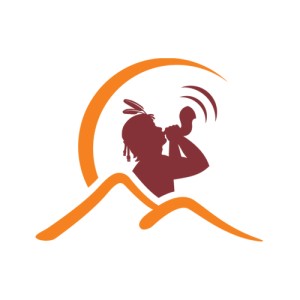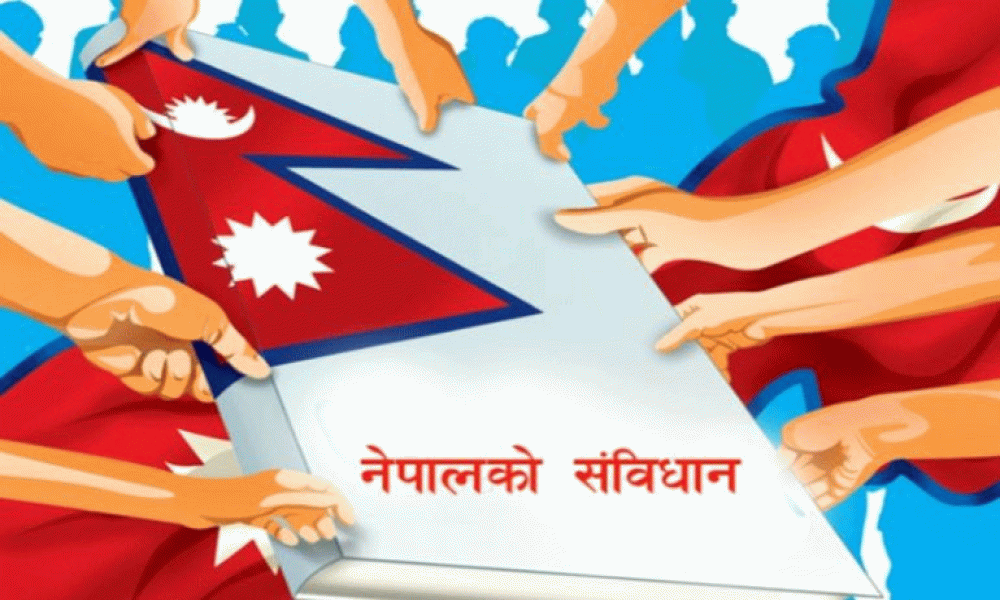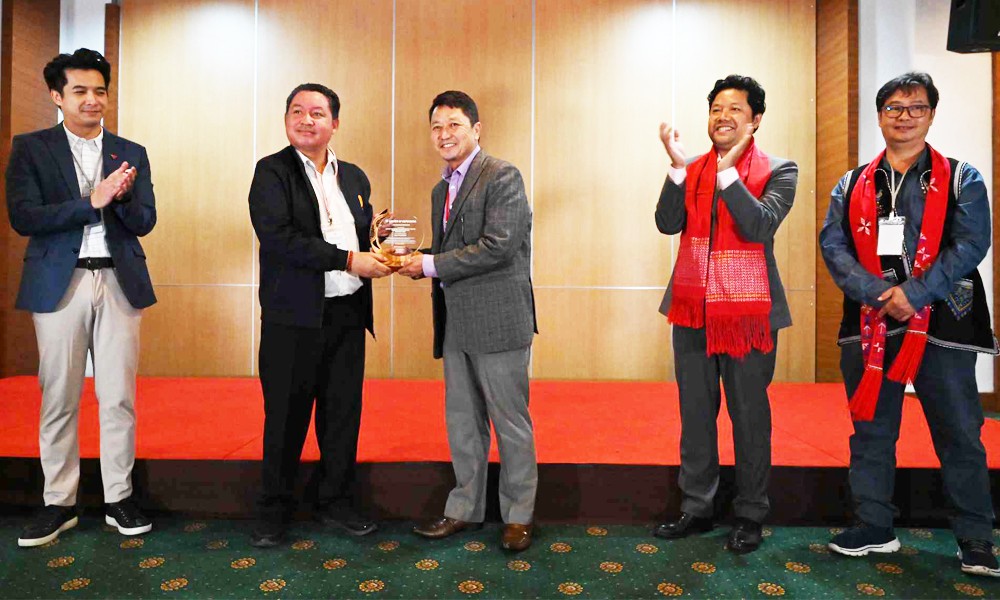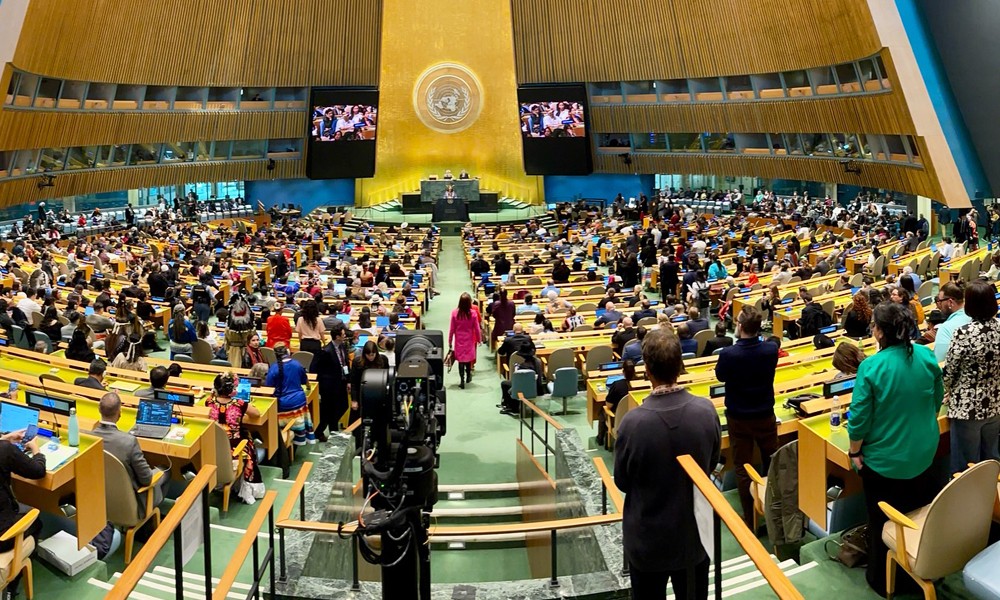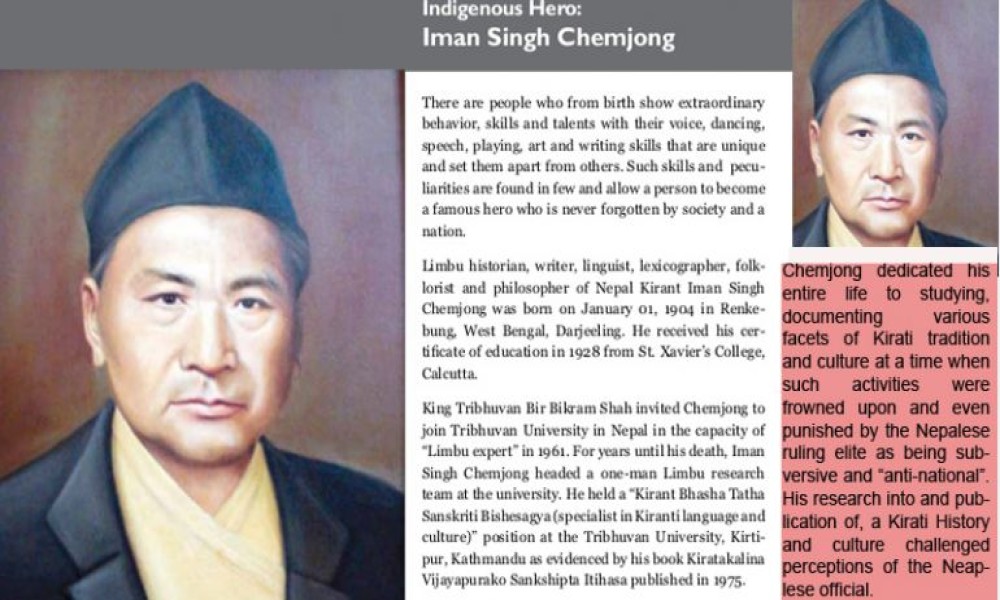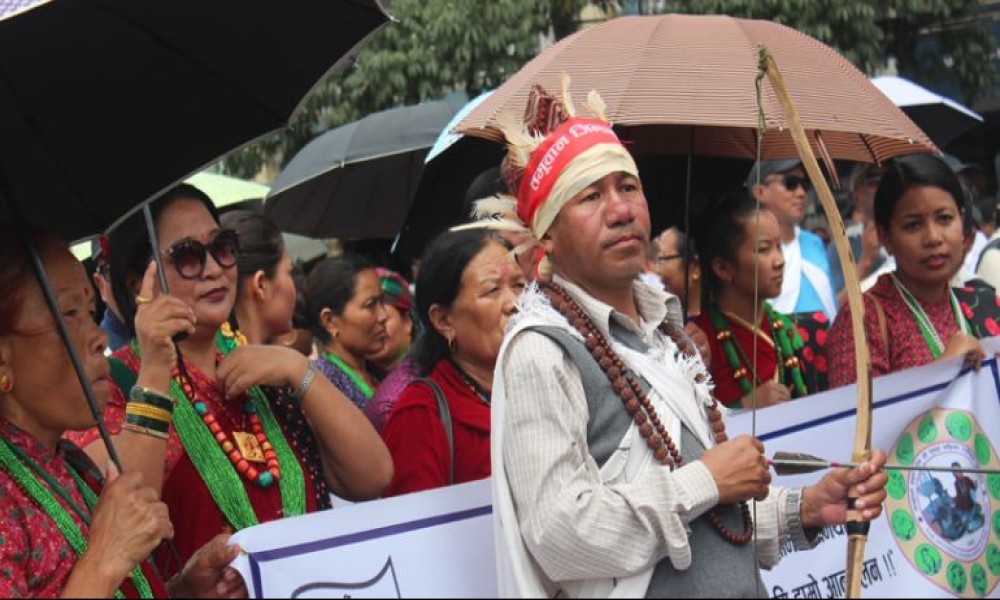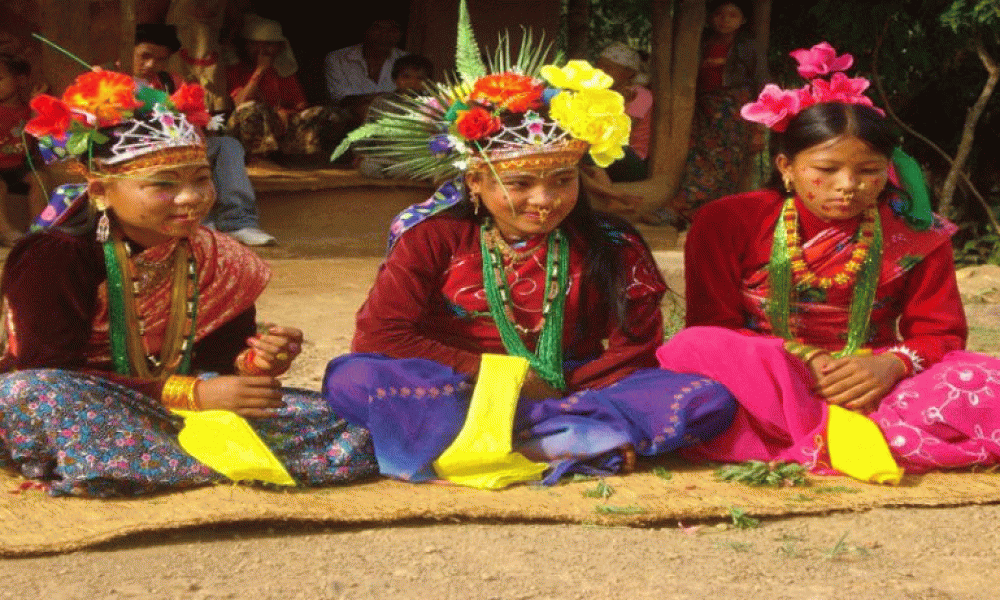The new constitution has declared Nepal as a secular nation. But the article 4 of the constitution defines secularism in a way that Nepal is practically still a Hindu nation. Constitutional provisions about language have also been outlined in a way that preservation and promotion of various mother tongues will not be possible. The article 7 says only Khas-Nepali will be Nepal's official language. The sub-article 2 says languages other than Nepali (mother tongues) could also be used as alternative official languages in provinces by formulating necessary laws. The article 287 envisions a commission to recommend mother tongues that could be used as alternative official languages in provinces. The process of formulating laws, setting up a commission, preparing guidelines and recommending alternative official languages will certainly be complex. If the past is a trend, recommendations made by a commission are never implemented. So the new constitution continues to perpetuate discrimination against mother tongues of indigenous communities.
The article 31 (5) allows communities to set up schools where mother tongues are used as means of teaching and learning. This sounds like a progressive clause. But it effectively ensures that the state will have no responsibility to preserve and promote mother tongues.
The new constitution has declared Nepal as a secular nation. But the article 4 of the constitution defines secularism in a way that Nepal is practically still a Hindu nation.
Constitutions of many diverse countries have provisions for using mother tongues as official languages. South Africa has recognized 12 mother tongues as official languages. In Switzerland, four mother tongues can be used in government offices. In India, as many as 22 languages are official languages.
Adivasi Janajatis are fighting for their identity. The constitution has ignored their identity but promoted identity of the dominant Hindus. It retains the national flag which bears Hindu symbols of Chandra Banshi (moon dynasty) and Surya Banshi (sun dynasty). The cow worshipped by the Hindus as a goddess has been retained as a national animal. Vermillion power is the national color, which again is a Hindu symbol. Identity of all other indigenous communities is in the shadows of Hindu identity.
Rights to live with dignity and participate in decision making process is a big thing for indigenous people. They want these rights to be written in the section of fundamental rights. But the constitution ensures these rights only in the article 51 (j) (8), which is about directive principles of the state. Since the constitution does not recognize these rights as fundamental rights, indigenous people cannot move the court even if they are deprived of these rights.
The Muluki Ain (Country Code) introduced by the Rana ruler Janga Bahadur treated Tagadhari (Khas-Brahmins) as high-caste and Matwali (indigenous people) as slaves or second class citizens. It put Dalits on the bottom of the Hindu caste hierarchy. The way Khas-Arya, indigenous people and Dalits have been defined is a reminder of the discriminatory Muluki Ain. Definition of Khas-Arya has been given in the constitution itself. But Adivasi Janajatis have been defined only in the National Foundation for the Upliftment of Adivasi/Janajati Act, 2002 (Adivasi/Janajati Utthan Rastriya Pratisthan 2058). Worse, Dalits have been defined in a policy, not even an act. so all communities have not been treated equally by the constitution.
Rights to live with dignity and participate in decision making process is a big thing for indigenous people. They want these rights to be written in the section of fundamental rights. But the constitution ensures these rights only in the article 51 (j) (8), which is about directive principles of the state. Since the constitution does not recognize these rights as fundamental rights, indigenous people cannot move the court even if they are deprived of these rights.
(This article is the third part of a series published by LAHURNIP, the Lawyers Association of Human Rights of Nepalese Indigenous People, to shed light on several aspects of Nepals new constitution with regards to Adivasi Janajatis)


